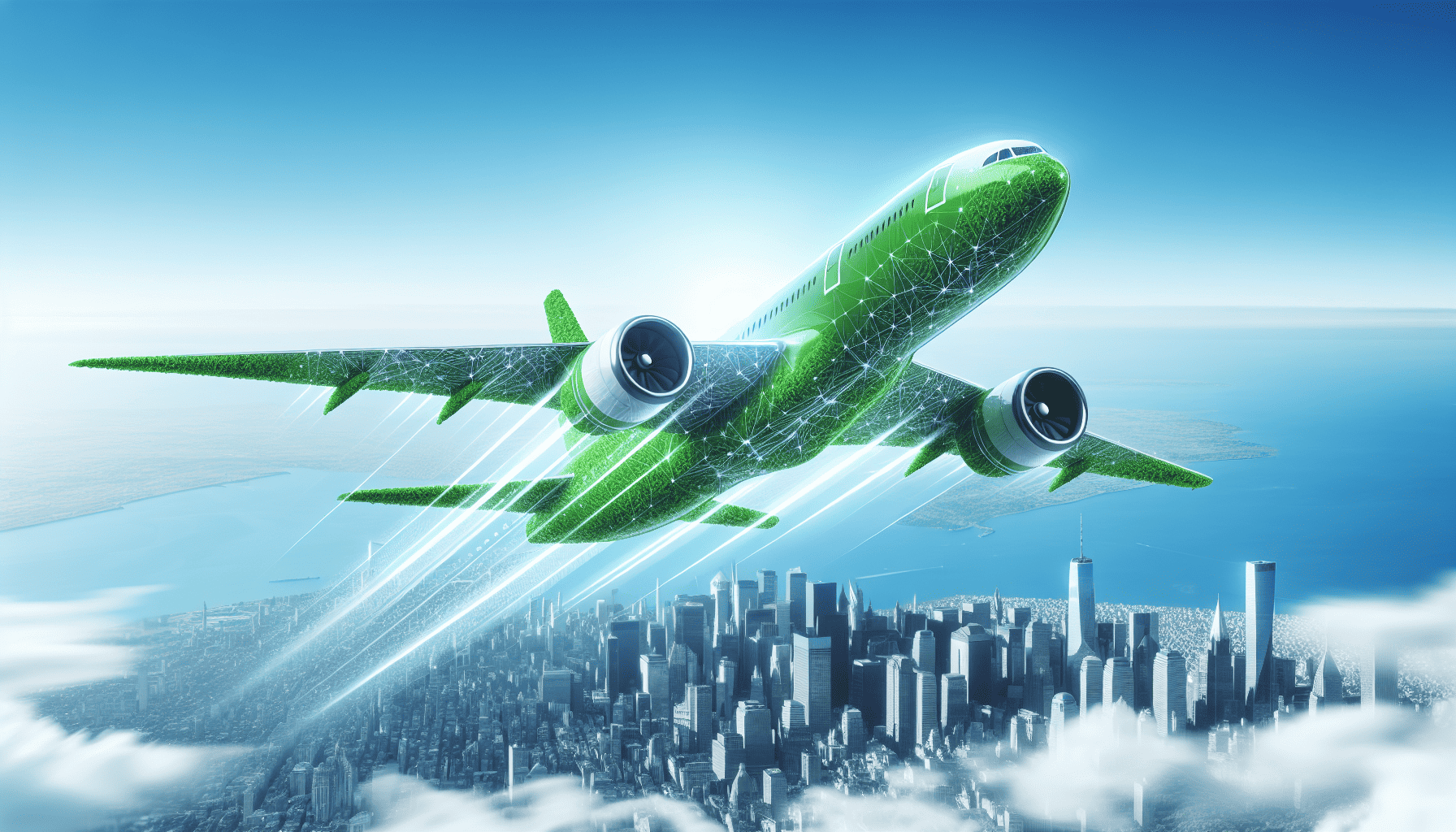As the world grapples with the urgent need to combat climate change, the aviation industry stands at a pivotal crossroads, navigating its journey toward a more sustainable future. A sector traditionally associated with high carbon emissions, aviation is now propelled by an imperative to innovate and evolve. The drive for sustainable aviation marks a transformative phase characterized by the development of alternative fuels, cutting-edge emission reduction technologies, and a global initiative to revolutionize air travel.
Exploring Alternative Fuels
One of the most promising pathways to sustainable aviation lies in the development and adoption of alternative fuels. Sustainable Aviation Fuels (SAFs), which are derived from renewable resources like plant oils, waste products, and even captured carbon and hydrogen, offer the potential to reduce lifecycle carbon emissions by up to 80% compared to conventional jet fuel. Major airlines and fuel producers are investing heavily in SAFs, not only to enhance environmental sustainability but also to establish a resilient and diversified fuel supply chain.
Researchers and companies are working tirelessly to overcome the challenges of scale, cost, and infrastructure associated with SAFs. Meanwhile, electrically powered aircraft are gaining ground, with revolutionary designs and technologies pointing toward the potential for battery-powered short-haul flights within the next decade.
Advances in Emission Reduction Technologies
While alternative fuels pave the way, advancements in emission reduction technologies act as complimentary pillars supporting aviation's sustainability goals. New-generation aircraft are being equipped with state-of-the-art engines made from advanced materials that notably improve fuel efficiency. The integration of aerodynamic designs and lighter composites further enhances performance while reducing fuel consumption and emissions.
Moreover, digital twins and artificial intelligence (AI) are now playing a crucial role in optimizing flight operations. By simulating and analyzing countless flight scenarios, these technologies can enable real-time decision-making that minimizes emissions, from route optimization to fuel-efficient climbing and descending patterns.
A Unified Global Commitment
To realize the vision of sustainable aviation, a coordinated global approach is essential. International agreements, such as the Carbon Offsetting and Reduction Scheme for International Aviation (CORSIA), signify a critical step towards aligning industry stakeholders in reducing the sector’s carbon footprint. Countries and airlines are setting aggressive targets for carbon neutrality, spurring further investments in research and development for sustainable aviation solutions.
Regional collaborations and national policies also support this global endeavor. The European Union's Green Deal and the United States' Sustainable Aviation Fuel Grand Challenge are examples of governmental initiatives that foster technological development and incentivize the transition to greener aviation.
Challenges and Opportunities Ahead
Despite promising advancements, the path to sustainable aviation is fraught with challenges. High production costs of SAFs, technological barriers in creating efficient electric aircraft, and the significant investments required for infrastructure development pose significant hurdles. Furthermore, aligning diverse international stakeholders towards cohesive regulatory frameworks remains a complex task.
However, these challenges do not overshadow the immense opportunities. Embracing sustainability paves the way for economic growth, job creation in new technologies, and a competitive advantage for industry frontrunners. As demand for air travel continues to surge, the push for greener skies promises to redefine aviation, not just environmentally, but economically and socially as well.
In conclusion, sustainable aviation is no longer a distant dream but an unfolding reality powered by innovative alternative fuels, advanced technologies, and a unified global vision. As the aviation industry charts its course towards a net-zero future, it holds the promise of not only reducing its environmental impact but also leading the charge in global sustainability efforts. Through sustained collaboration and commitment, the skies of tomorrow promise to be not only higher and faster, but also greener and steadfastly sustainable.
